Heat is going to be the world’s leading public health challenge in the next decade, said Eleni Myrivili, the Chief Heat Officer of the United Nations Human Settlements Program.
It’s a “silent killer” underestimated and overlooked by many, one that everybody must prepare for, with possibly fatal consequences.
Deadly Heat Lacks Drama
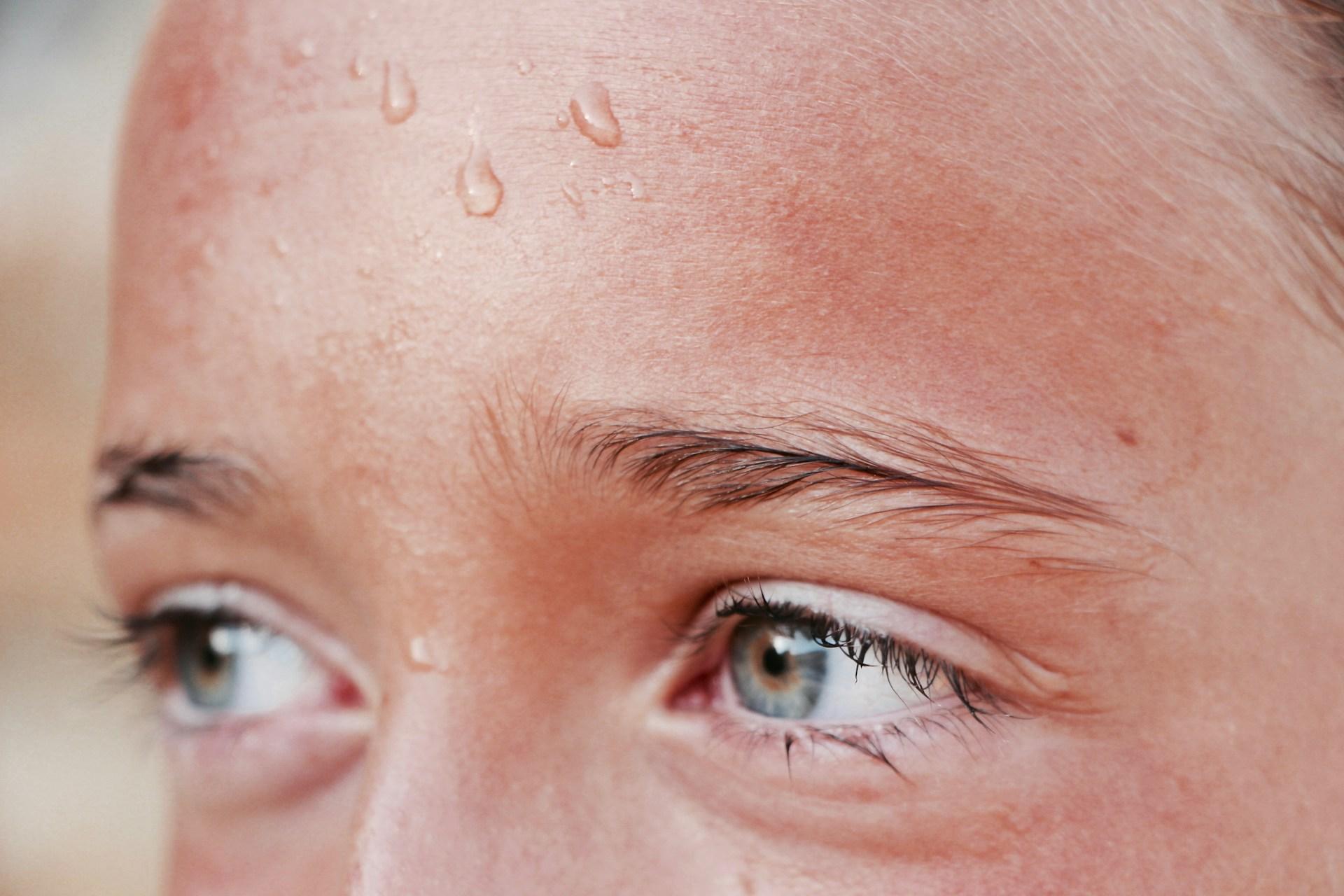
The reason why not a lot of people recognize heat as a “killer” is because it doesn’t have the same dramatic effect of a typhoon or a flood. Heat doesn’t cause roofs from being ripped off or streets switching to rivers.
But Myrivili is firm in the belief that heat is “going to be the number one public health challenge that we will be dealing with in the next decade.” She insisted, “We need to prepare for it now. We really need to make it a priority.”
Heat-Related Deaths
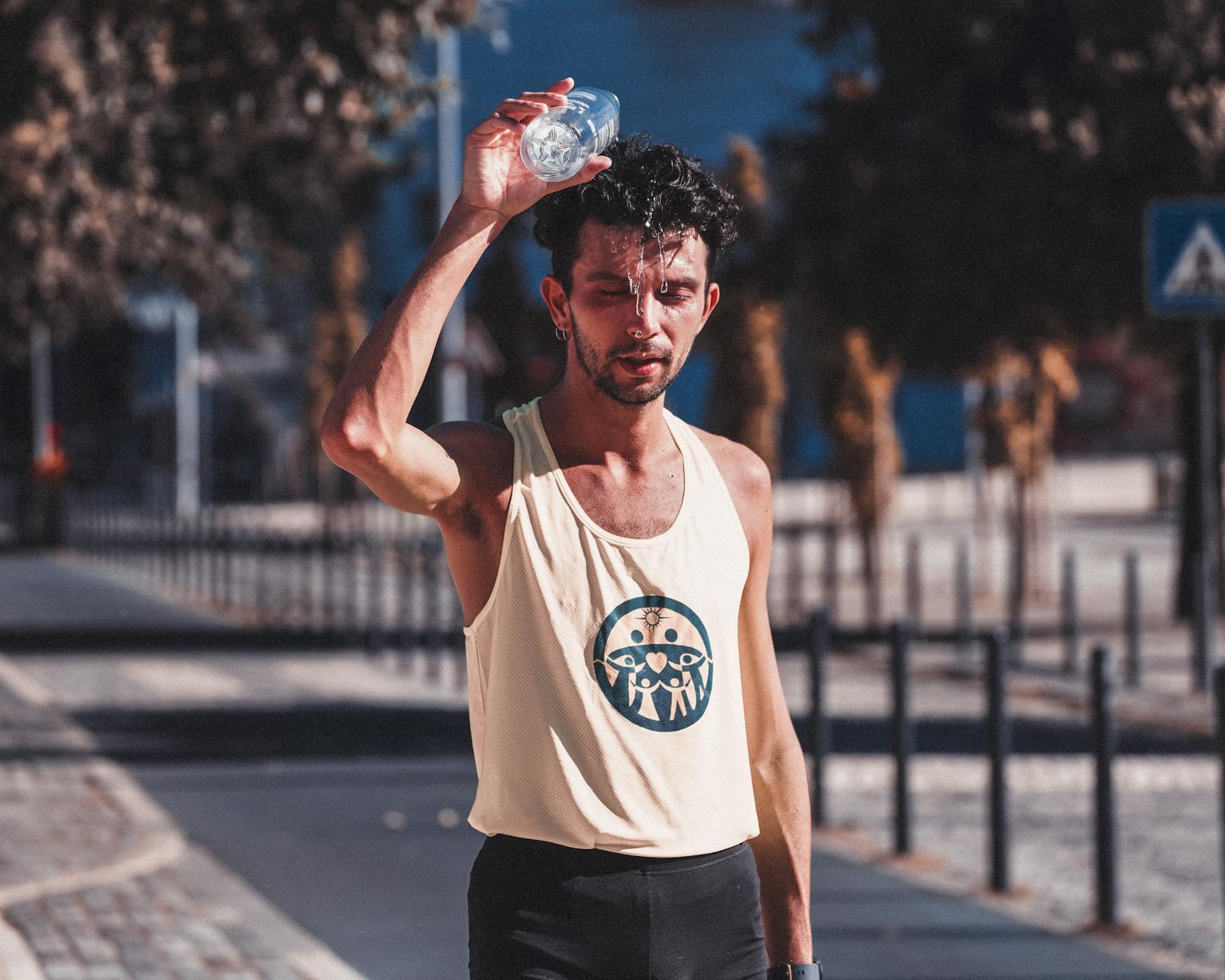
Last year in India, more than 90 people died due to the extreme heat during unrelenting heatwaves. In one of India’s regions the temperature went as high as 44.7 degrees Celsius (113 Fahrenheit).
Meanwhile, domestically, the Department of Public Health in Maricopa County in Phoenix, concluded heat killed 645 people in 2023. The average temperature in July last year was 102.5 degrees Fahrenheit.
Human Health at Grave Risk
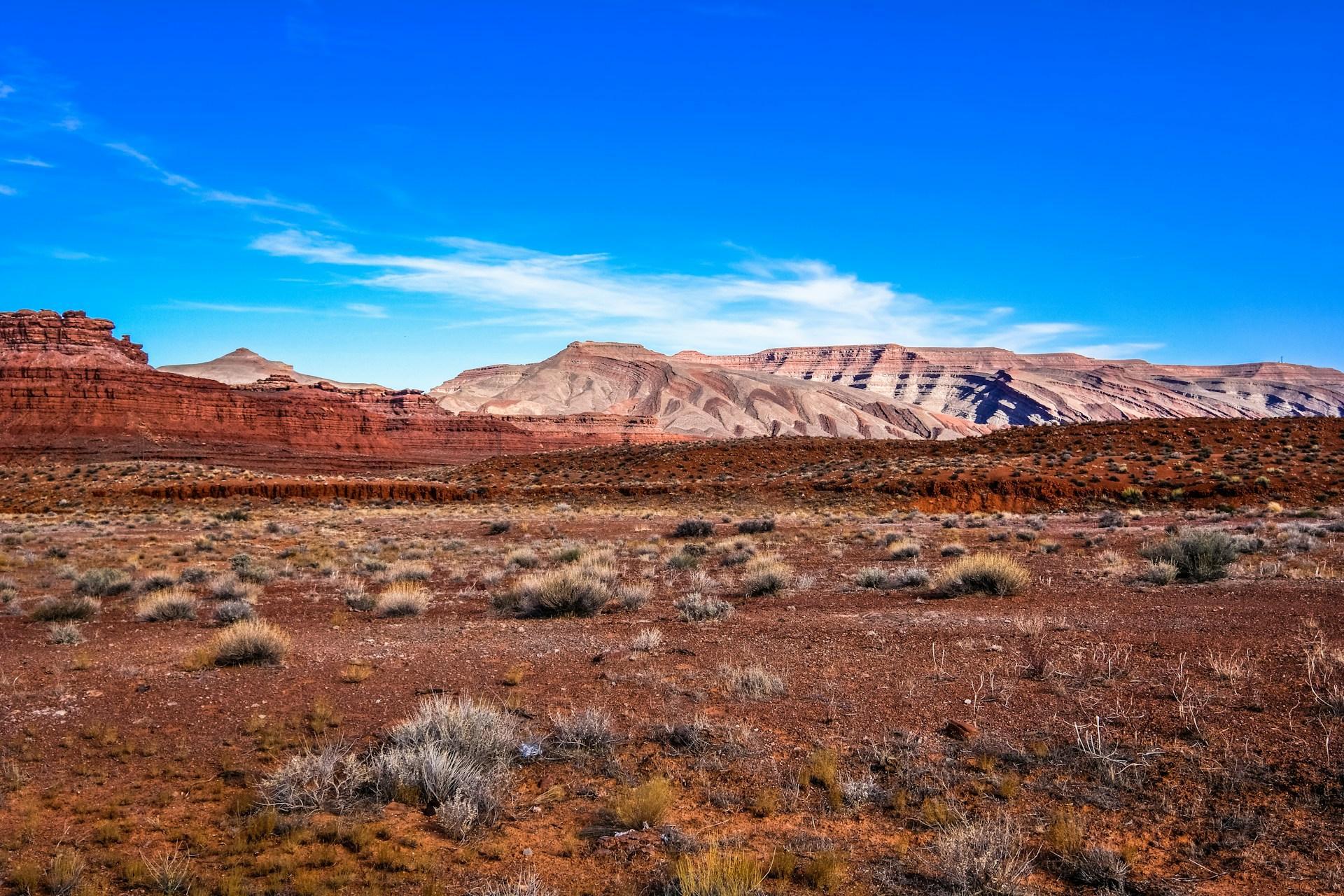
Heat kills in a lot of places in the US. It’s also happening all around the world, driving experts to say “the health of humanity is at grave risk.”
The Lancet Countdown, a research group publishing studies on climate change, made that declaration at the end of 2023. The group’s report also stated, “Nearly five times more people will likely die due to extreme heat in the coming decades.”
More Vulnerable Than Others

The EPA reports that, because extreme heat events continue to happen, risk of heat-related deaths and illness is also increasing. Similar to the Lancet Countdown, the EPA identified certain groups who are more at risk than others.
Adults aged 65 and older, young children with less-than-adaptable-to-heat bodies, and people with cardiovascular and respiratory diseases are particularly vulnerable to heat. Non-Hispanic Blacks are also at more risk than others.
CDC Warning
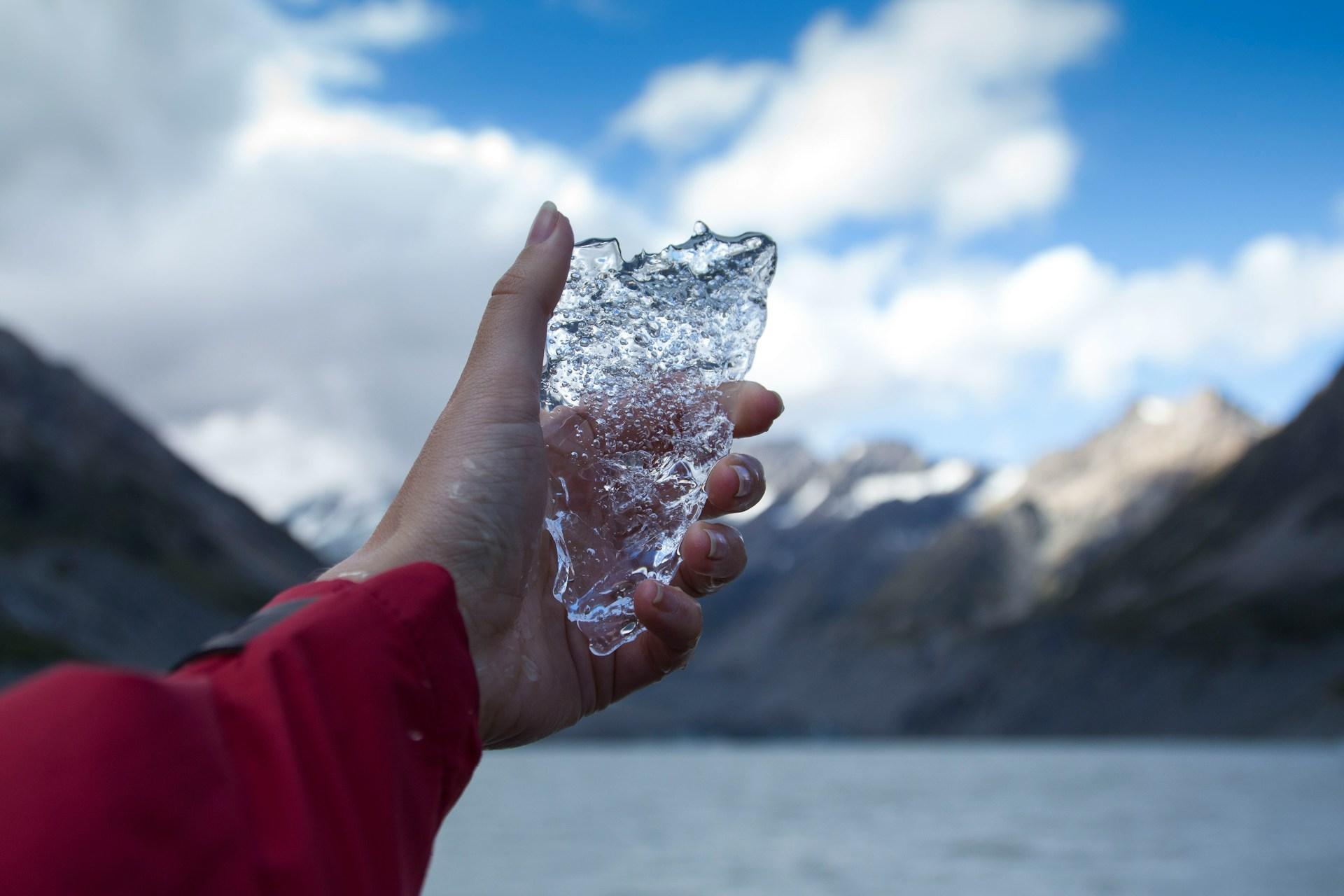
The Centers for Disease Control and Prevention has further information and several warnings for people to take heed from. For example, males are more affected by the heat than females.
The CDC advises to keep hydrated with water, avoid sugary drinks, wear light clothing, and stay in cool areas. Avoiding being inside a car during extreme heat temperatures is also a good idea.
Chief Heat Officers

In an attempt to fight the rising temperatures and climate change, several cities around the world have appointed Chief Heat Officers (CHO). Their jobs are to prepare residents in facing excessive heat.
The world’s first ever CHO was Jane Gilbert, appointed in 2021 to supervise Florida’s Miami-Dade County, the most populous in the state. The role was created by the Atlantic Council’s Arsht-Rock Resilience Center, a think-tank based in the US aiming to devise resilience solutions for 1 billion people by 2030.
Heat vs. Hurricanes
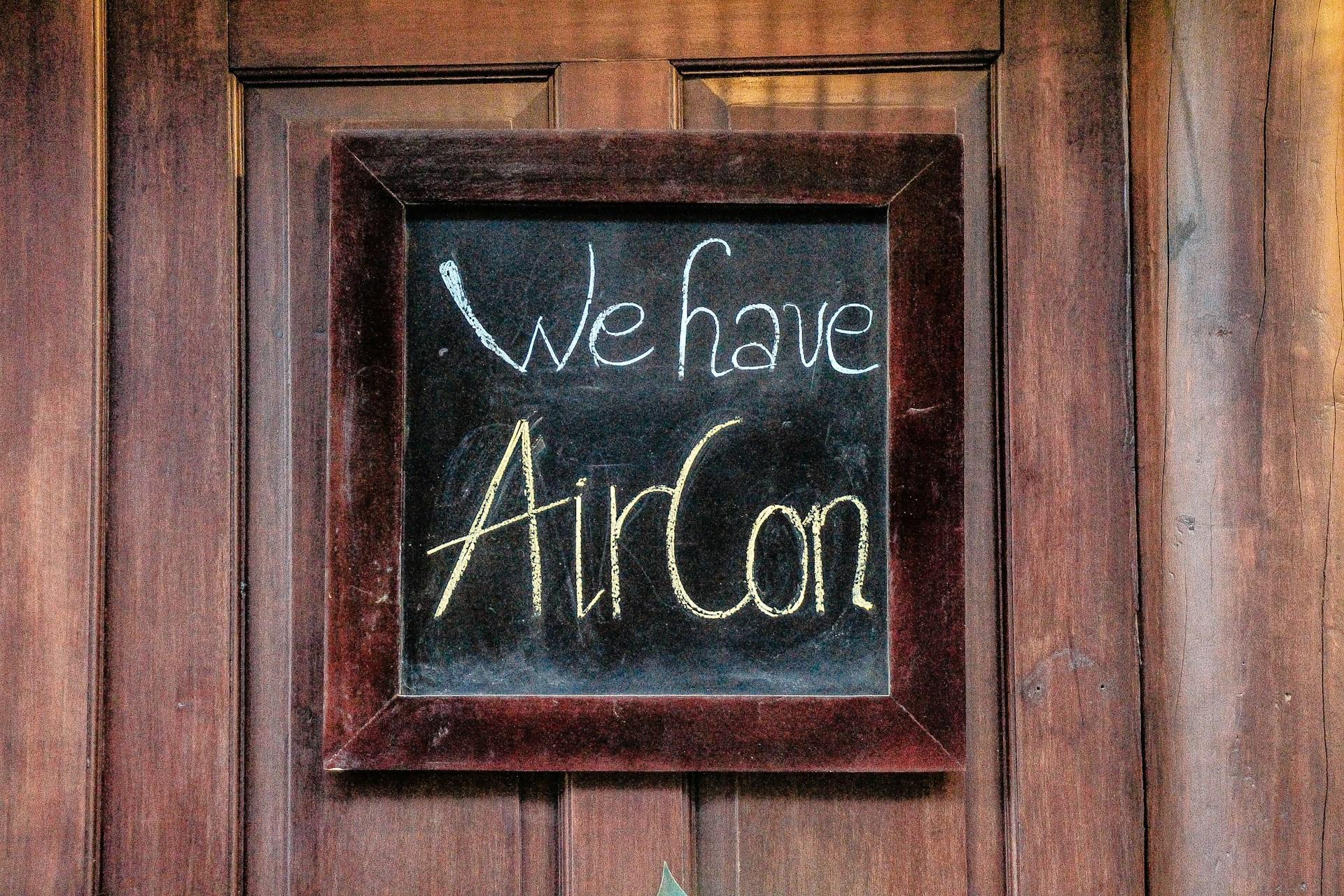
As a coastal city in the Southern United States, Miami is vulnerable to rising sea levels and hurricanes. But according to Gilbert, surveys in Miami’s communities revealed heat as the most pressing climate concern.
A lot of homes in Miami use AC, but electricity bills go through the roof. Gilbert said, ”AC can be over 50% of what the electricity bill so people are choosing between AC and putting food on the table for their families.”
Efforts in Miami

Among Miami’s efforts to cool down the city is to raise awareness in the most at-risk neighborhoods by working with the national weather service and emergency management teams.
Other than updating advisory and warning levels, Miami is also planning to install 1,700 AC units in public housing. Meanwhile, new affordable housing will get efficient cooling systems like solar-ready roofs to push down the utility bills.
Dhaka Plants Trees

On the other side of the world, in Dhaka, Bangladesh, Bushra Afreen said that people there are more used to the heat. That makes it difficult to differentiate between normal heat and excessive heat.
To combat the heat in Dhaka, which is not an equal experience to everyone in a city suffering from huge gaps in income equality, thousands of trees are being planted in Dhaka North’s informal settlements. The city is also reintroducing the use of water fountains all over the city. A pilot project will also see the creation of green nooks and corners to provide cover from the sun.
Melbourne’s Cool Spots

In Melbourne, Australia, the climate is mild and temperate… but heatwaves lasting for several days have been known to occur with minimum reprieve. And despite Australians having consistently lived with it, one of Melbourne’s CHO, Tiffany Crawford, still feels the need to plan around it.
Melbourne’s authorities have been handing out “cool kits” (consisting of water bottles, neck towels, and fans) to the people. Public libraries and pools also stay open a little longer. Plus, in the future, the city wants to work with Google to provide map navigation indicating “cool routes” where shades or canopy covers are available.
Health Warnings Unheeded
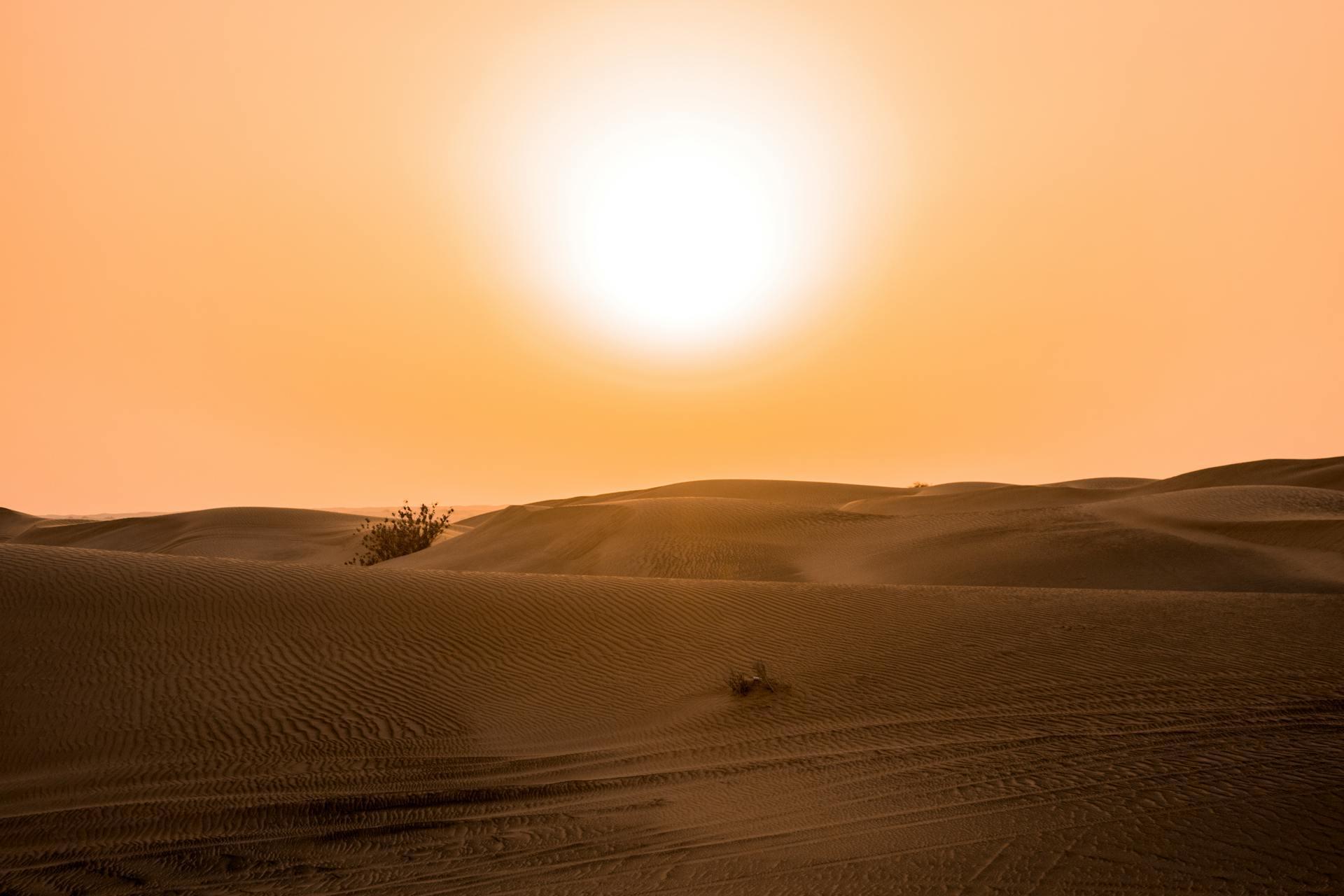
UK’s Bristol University’s Professor of Climate Science Dann Mitchell complained that “catastrophic” health warnings about climate change were ignored. It failed to “convince the world’s governments to cut carbon emissions enough.”
Meanwhile, echoing Myrivili’s statements, Lancet Countdown’s executive director Marina Romanello agreed on the urgency of the climate situation. “These impacts that we are seeing today could be just an early symptom of a very dangerous future.”








































